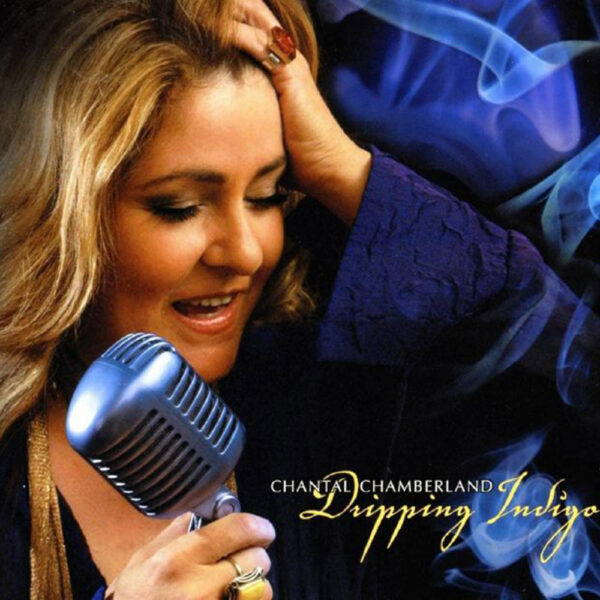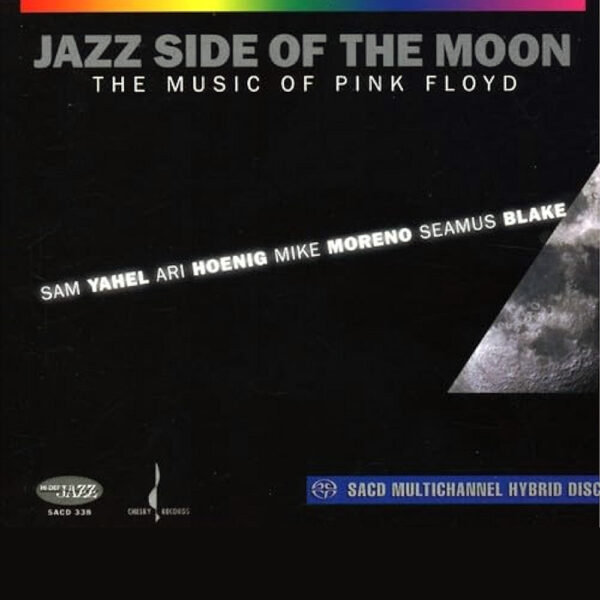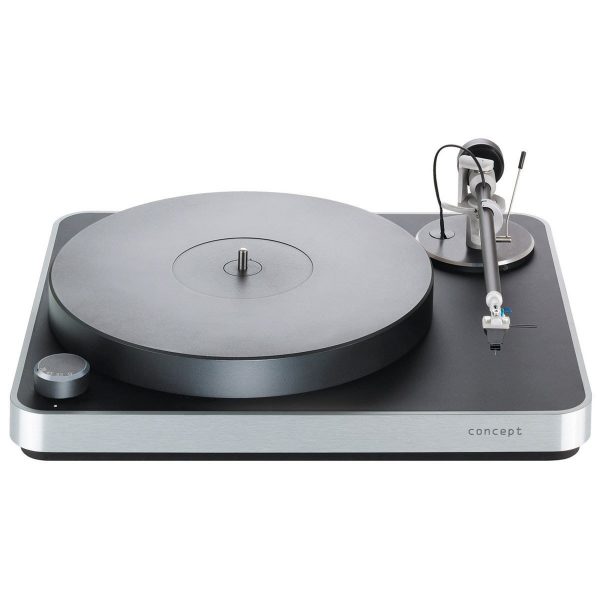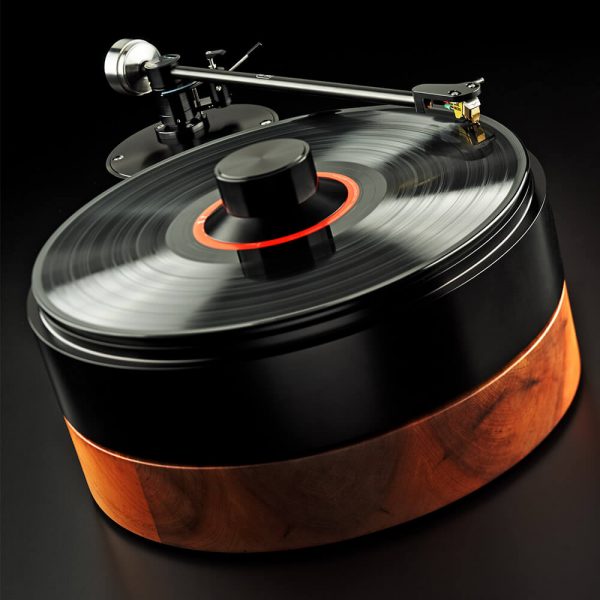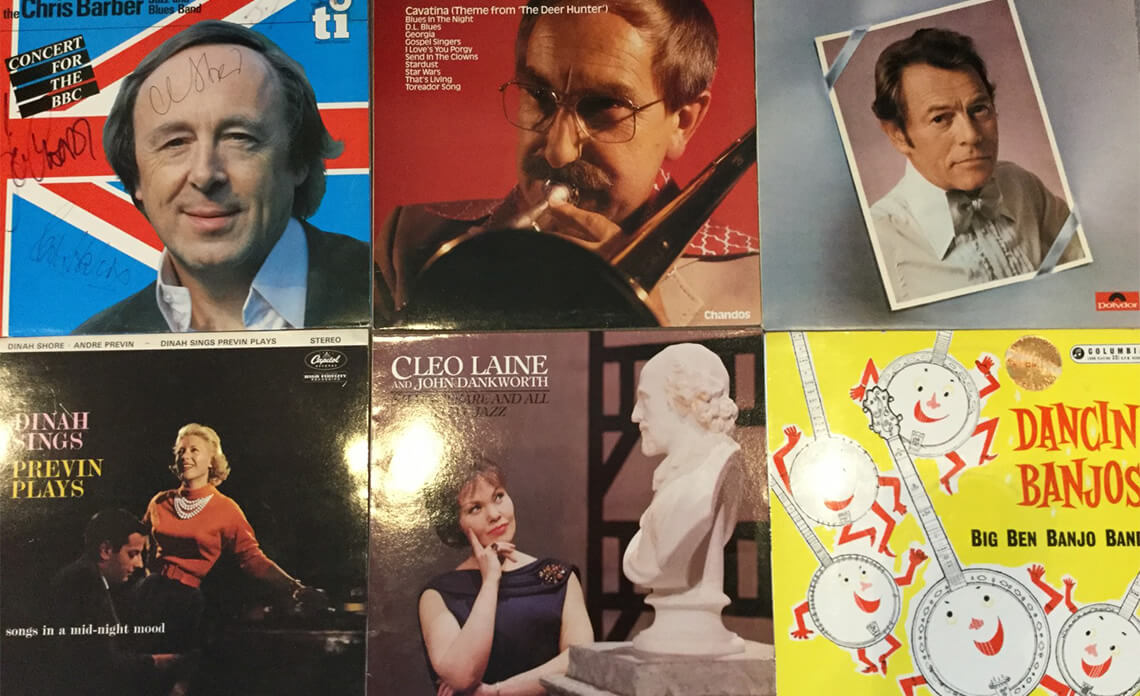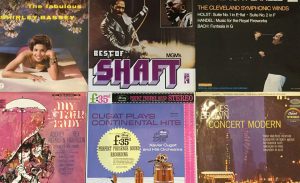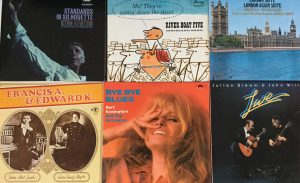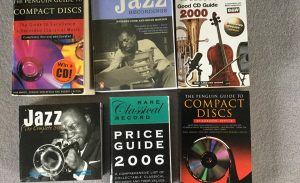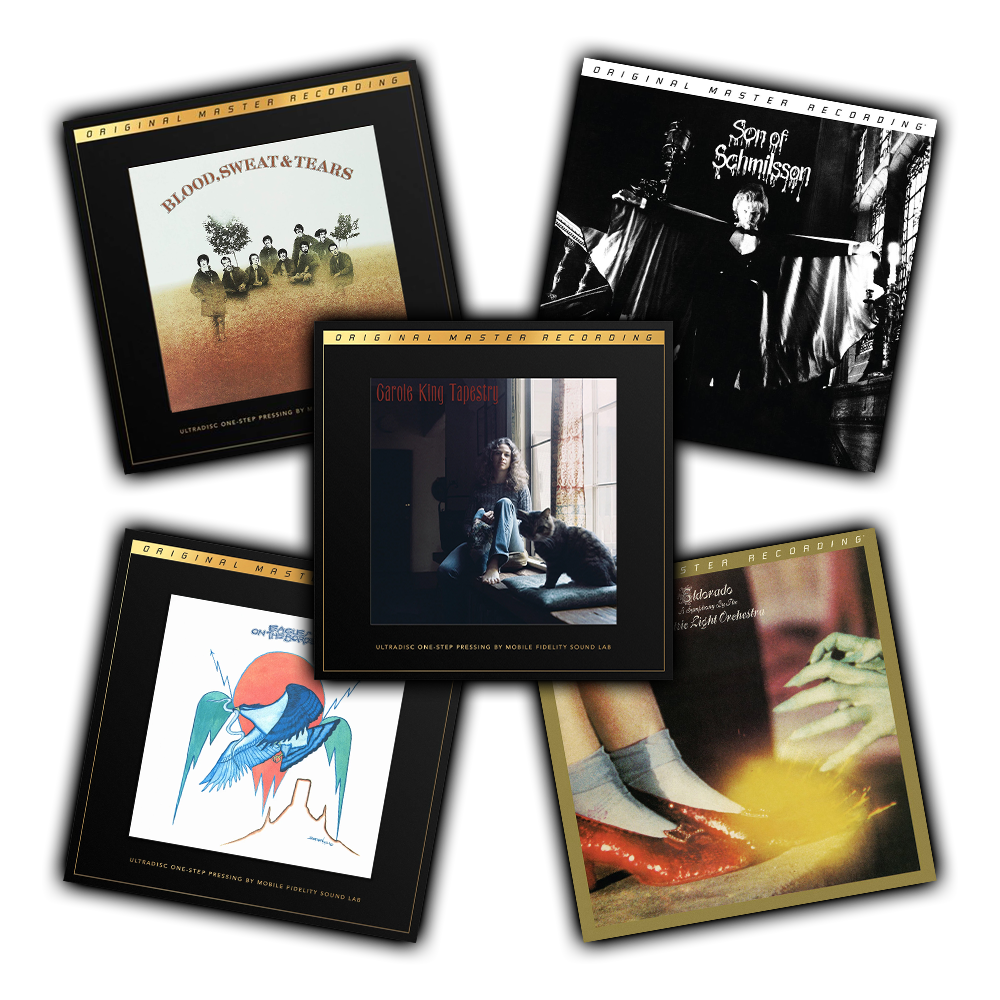One of the great pleasures of searching out second hand or should I say ‘previously cherished’ vinyl records is that like any other field of collecting, you can never be quite sure what you are going to find or where you will find it. All you can do is to make the opportunity to find hidden treasures by going to fairs, charity shops and car boot sales or even antique shops. It is possible to find superb music on vinyl which is not available on any of the digital formats.
I particularly look for records from the early stereo era (1958 – 1965). The recordings can be superb. In those days there was less post production editing and mixing to ruin the sound. However you need to be aware that there are two clear markets for records – the collectors market and the music lovers market. Collectors are interested in records more for as much for their collectible value and rarity as much as the music. Music lovers are simply interested in the music and are less concerned with the more esoteric things that drive collectors.
Many records stayed in the catalogue for a very long time, decades in some cases. As the years passed the record companies changed the labels and sometimes the sleeves. In value terms the early labels pressings tend to be worth more money because of their scarcity. However the later issues are just as good in musical terms and because they are newer, the chances are that they have been played less and the buyer is more likely to get a good copy.
When I have friends come round for an evening of music I like to compile a playlist for the session reflecting what I think will be to their taste. If I do not have the necessary material to hand I like to go out and find it. We rarely stick to the list but a least it provides a starting point. One particular friend is an ex semi pro alto saxophone player and huge big band fan. We have been having regular musical evenings for some years now and whilst revisiting ‘old friends’ is enjoyable, to keep the sessions fresh it is nice to have some new material.
I meet this need by collecting odd records throughout the year and putting them aside until they are needed. This sounds like a chore but my experience is the opposite. I find it makes me buy records that I might not otherwise have considered and in so doing I often find some real gems for very little money. By the way, there is nothing quite like a well recorded Big Band recording to show off your kit. A line of 4 trumpets playing flat out can part your hair at 50 paces. It is not smooth and refined (bland?) as some misguided audiophiles think it should be. It’s really loud, raucous and exciting – which is exactly what you should be hearing from your stereo system!
When buying second-hand records they can sometimes appear cheaper than they really are. With vinyl records everything is about condition. I find that for every around 50% of the records I buy from charity shops or car boot sales one or two end up in my disposal pile because of their condition. This means that a record that I paid £2 for actually cost me probably £4 which is not so cheap. I always try to inspect a record carefully before buying and even so I still get my share of duds. If the sleeve looks bad from the outside it is unlikely that the record will be any better. Look not only for surface damage but also for warping. If a record has been displayed in direct sun it will almost certainly be warped which could make it difficult or impossible to play.
I am very wary of internet dealers who grade their records using the Record Collectors Guide or Goldmine record grading systems. The grades are determined visual only which is notoriously unreliable. These dubious grading systems simply allow lazy dealers to pass their problems on to the hapless buyer who then has to waste time sorting out issues that should never have arisen. I still find it unbelievable, but on occasions when I have complained about the state of a record I have bought, the dealer has admitted that he does not even own a record player! The only reliable way to grade a record is to play it end to end on good quality equipment and if you are paying a high price for a collectable record it is not unreasonable to expect the dealer to take time a trouble ensuring his grading is accurate.
If you are buying expensive classical recordings where there are many versions of a particular piece in the catalogue, which one should you buy? Some pieces are popular and there may be as many as forty versions available and you certainly cannot buy them all.
The Penguin Guide and the Gramophone Guide can be very useful here. Well known music writers assess the various recordings on both performance and recording quality and I have generally found that their gradings reliable.
Happy collecting!

